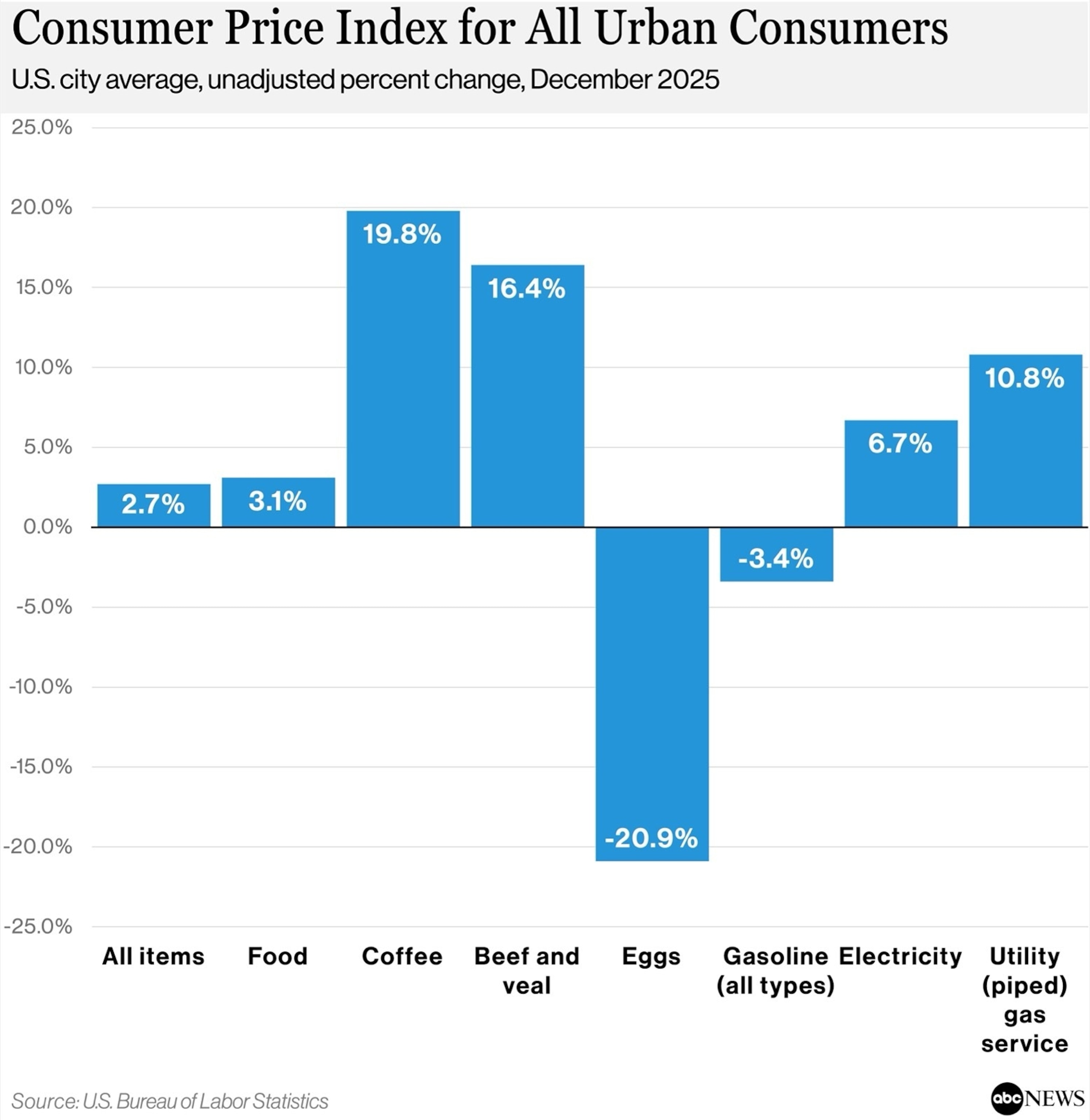Gaia Series 61: The “revival” of Awaji Island

Awaji Island is blossoming into a vibrant tourist destination. This episode reveals the island’s remarkable transformation through its food, culture, and inspiring stories.
Awaji Island, once a quiet and largely overlooked area of Japan, has undergone a remarkable transformation in recent years. Located just 30 minutes by car from Kobe and an hour’s drive from Osaka city, the island boasts a population of 120,000 and has become an increasingly popular destination for both domestic and international tourists. This episode transports viewers to this scenic island, exploring its revitalisation through its natural beauty, local cuisine, and the innovative efforts of entrepreneurs who are reshaping its identity.
At the heart of this transformation is its iconic Akashi-Kaikyo Bridge, the longest suspension bridge in Japan, connecting Awaji Island to the mainland. From its towering 300-metre-high vantage point, visitors are treated to sweeping views of the island’s lush landscape, with the Seto Inland Sea glimmering below. While Awaji was once known primarily for its onions, the island is now buzzing with new attractions, drawing more visitors each year. One of the most surprising developments is its rise in tourist numbers of up to 850,000 a year, bolstered by an increasing array of offerings for visitors.
Food culture is a significant driving force behind this newfound popularity. Restaurants such as A Happy Pancake on the island’s west coast have become major draws, with patrons queuing up for its signature dish. “It melts the second I put it in my mouth,” exclaimed one satisfied diner, who, like many others, deemed the wait well worth it. Such culinary hotspots, alongside seaside eateries like Mielle—famed for its all-you-can-eat pizza priced at 2,500 yen—are helping put Awaji Island on the culinary map.
Beyond food, the island’s transformation is also fuelled by social media, with picturesque spots like the Stairs of Happiness becoming must-visit locations for photographers and influencers alike. The breathtaking views of the Seto Inland Sea have made Awaji a hotspot for those seeking both natural beauty and the perfect Instagram post. Adding to its family-friendly appeal, a Hello Kitty theme park has also found its home on the island, offering attractions for younger visitors.
A pivotal figure in Awaji’s resurgence is Hirohisa Sato, president of BALNIBARBI, who has been instrumental in creating new opportunities on the island. Sato, who has opened more than 90 restaurants across Japan, was inspired by a sunset on Awaji, believing that the island’s natural beauty had the potential to attract tourists from far and wide. “I thought that if I could offer people great food, drinks, and desserts here, they would be willing to drive for an hour or two to spend time here and enjoy the sunset,” he explained. This vision has driven the creation of Frogs Farm, a collection of restaurants, hotels, and leisure spots that now attract 390,000 visitors annually.
Frogs Farm, once an isolated and largely ignored area known only for the croaks of its resident frogs, has been transformed into a bustling food and tourism hub. One of its standout eateries Etsusaburo, a conveyor-belt sushi restaurant, offers fresh local seafood, including a luxury three-fish plate featuring mackerel, sea bream, and octopus for 2,800 yen. The commitment to using local ingredients extends to other venues as well, including a ramen shop, an ice cream shop that offers local produce-flavoured treats and a barbecue restaurant where Awaji beef is grilled to perfection while guests gaze out over the sea.
Sato’s commitment to revitalising the island goes beyond food. He has also repurposed an abandoned elementary school to create Sakiya, a community space designed to revive local culture and traditions. The Sakiya Festival, once lost due to population decline, has been brought back to life, a testament to the island’s cultural rejuvenation. “This area had incredible culture, traditions and history,” said one local resident. “But the cultural activities, including festivals, started to decline. Then, we injected new life into the area and revived it.”
Another driving force behind the island’s renewal is the Pasona Group, led by managing executive officer Masato Ito. Pasona moved part of its headquarters to Awaji in 2020, bringing 1,300 employees to the island, a move that has been instrumental in boosting the local economy. Under Ito’s leadership, the company has opened several tourist attractions, including Nijigen no Mori, a theme park centred around popular anime and games. Visitor numbers to Awaji have skyrocketed, with the island now welcoming 850,000 tourists annually, up from 330,000 in 2016. “We wanted to liven up the area with anime characters that are recognised worldwide,” Ito explained.
While Awaji Island’s tourism boom is undeniable, the challenge remains to convert day-trippers into overnight guests. Currently, only about 10 per cent of tourists stay overnight, with many opting to return to nearby Osaka or Hyogo by the end of the day. In response, both Pasona and BALNIBARBI have ambitious plans to create new accommodation options. Pasona is developing a luxury hotel, set to open in 2025, while Sato plans to build a hotel atop a mountain with panoramic views of the sea and the surrounding forests. “You can bask in the sunlight from sunrise to sunset,” Sato shared, describing his vision for the hotel as a perfect retreat for relaxation.
Awaji’s rebirth is not just a story of tourism; it’s a tale of resilience and innovation. The island was severely impacted by the Great Hanshin-Awaji Earthquake in 1995, with nearly 35,000 residents in the years that followed moving out. However, through the efforts of local leaders and businesses, Awaji has transformed from a town at risk of extinction into a thriving destination for visitors from around the world. As Pasona’s CEO Yasuyuki Nambu put it, “I want to make Awaji Island a place where people can live their lives in a place that’s recognised on the world stage.”
Awaji Island, once a forgotten gem, has embraced the future while staying true to its roots, becoming a symbol of rural revitalisation in Japan.
Source: CNA















